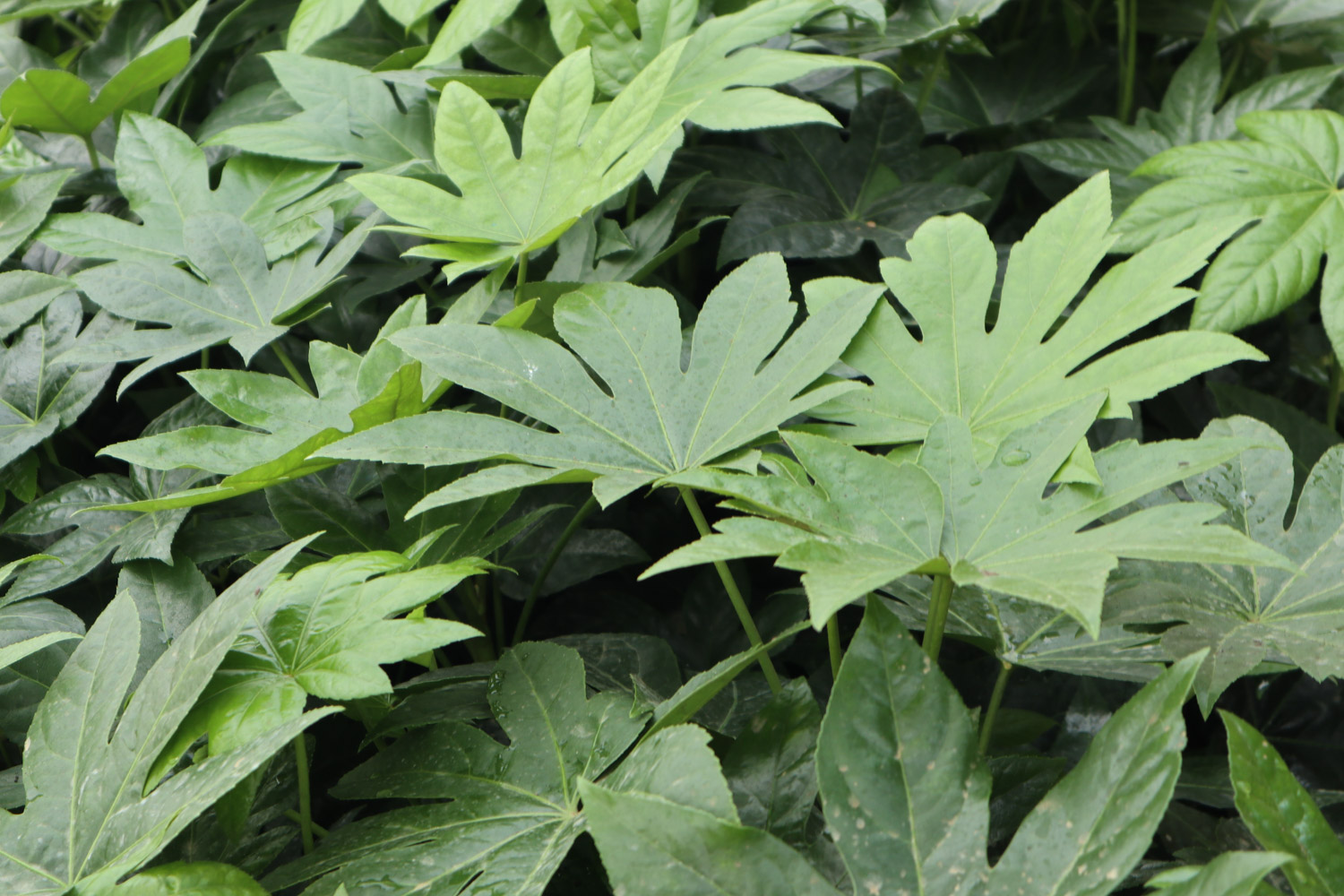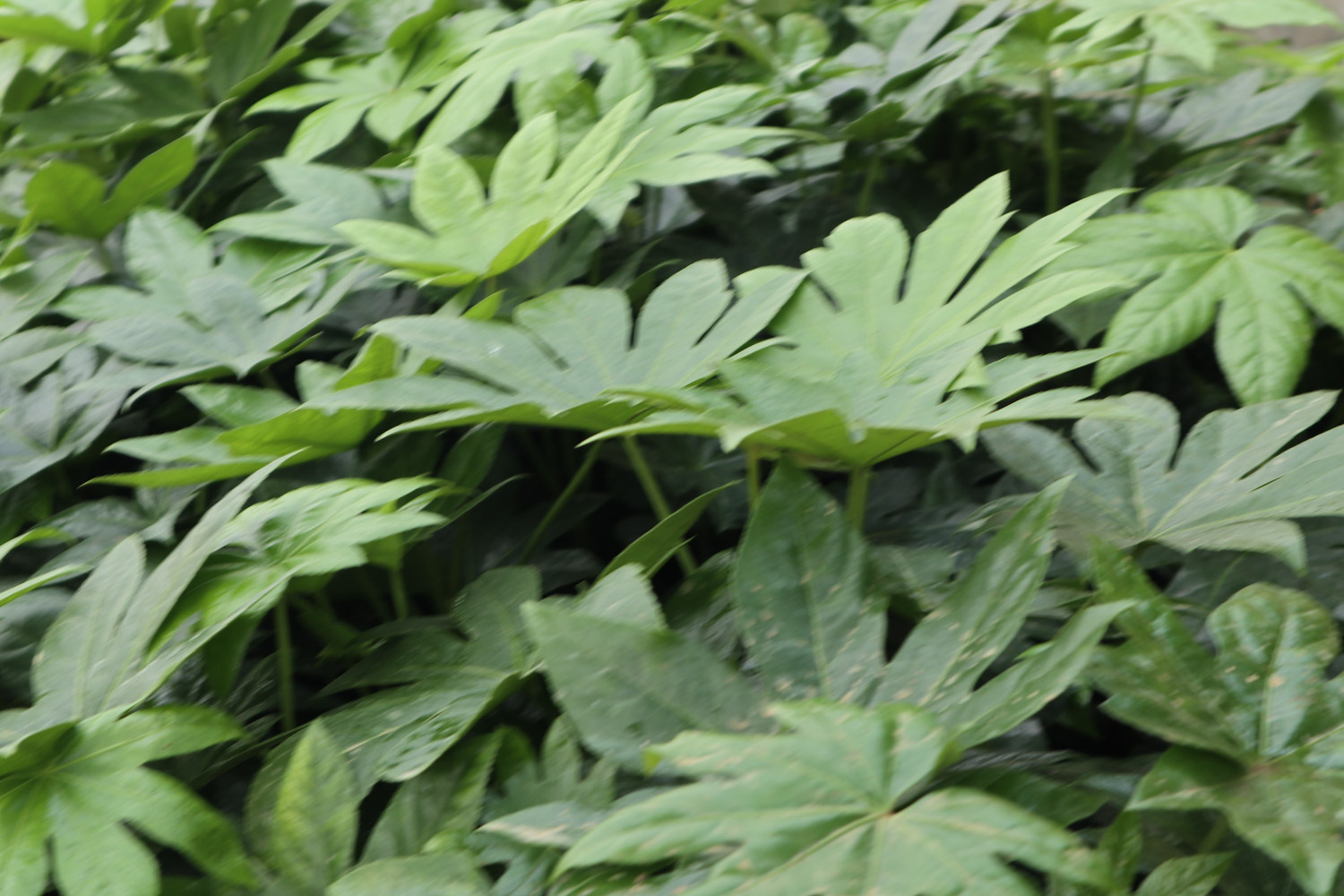1、 Breeding method
1. Light: octagonal plate needs moderate light, but it cannot be directly exposed to strong light. In winter, it can be directly exposed to the sun. In other seasons, it should be shaded or put under astigmatism. It is necessary to maintain sufficient light time, otherwise the leaves will be very small
2. Soil: octagonal gold plate requires that the soil has good drainage. Add an appropriate amount of base fertilizer to the basin soil and plant with humus soil. River sand can be added to enhance its water permeability

3. Watering: the watering of star anise plate varies according to the temperature. In summer and early autumn, when the temperature is high, it is necessary to water frequently and spray water for humidification. Reduce watering after October to avoid frostbite
4. Fertilization: the star anise plate needs a large amount of fertilizer in the vigorous growth period. Generally, thin liquid fertilizer should be applied twice a month from the middle of spring to the first ten days of autumn. However, fertilization is prohibited at other times, otherwise it will damage the roots

2、 Reproductive skills
Cutting, sowing and branching methods are commonly used in propagation. Cutting is carried out in autumn. Select two-year-old branches with a length of 15 cm, insert them into the basin soil, and water them through. Sowing is carried out in spring. After washing the seeds, sow them into the soil, cover them with grass to keep them moist, and they can germinate in 30 days. The ramet is also carried out in spring. The original plant is divided into several plants and planted separately, which can be maintained in a cool place for 2 weeks

3、 Pest control
1. Diseases: common diseases include bituminous coal disease, leaf spot disease and yellowing disease. Usually we need to pay attention to ventilation and fertilize on time, which can effectively enhance the resistance. Timely spray chlorothalonil and other pesticides for treatment after onset
2. Insect pests: aphids, scale insects and red spiders are common. Corresponding pesticides are used to control different pests

 jackfruit
jackfruit snake plant
snake plant hibiscus
hibiscus hydrangea
hydrangea lavender
lavender Green roses climb al...
Green roses climb al... If you don't pay att...
If you don't pay att... Management of four g...
Management of four g...

































